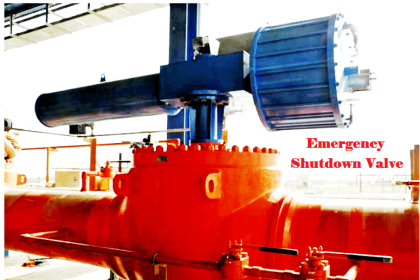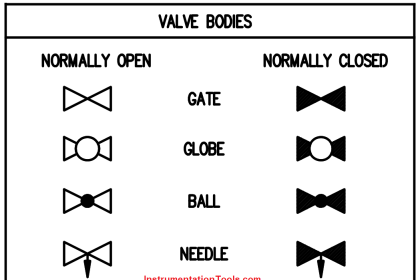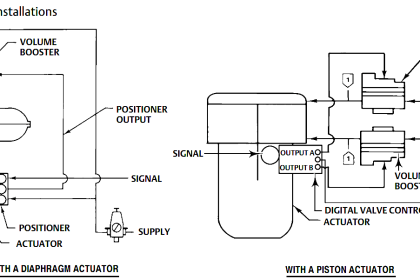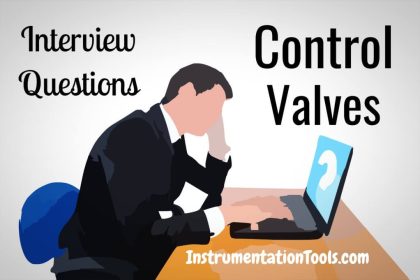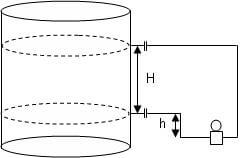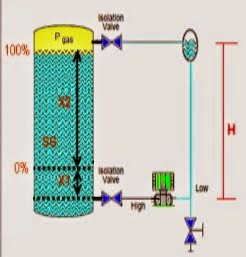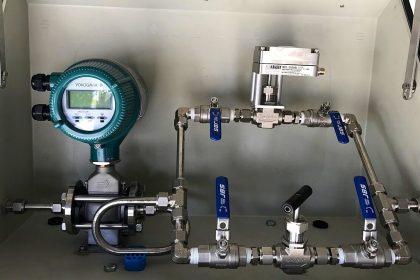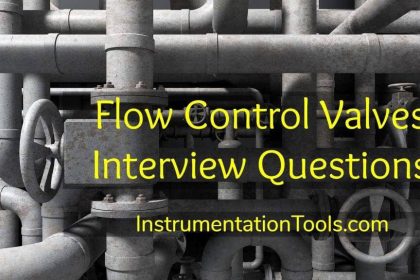The pressure safety valve leak test procedure can be carried out using air or nitrogen, or water.
Leak testing a Pressure Safety Valve (PSV) is important to make sure the valve is sealing properly and not leaking when it is supposed to be closed.
There are two common methods to test a PSV:
- using air or nitrogen, and
- using water.
Here’s how each method works, step by step.
PSV Leak Test Using Air or Nitrogen
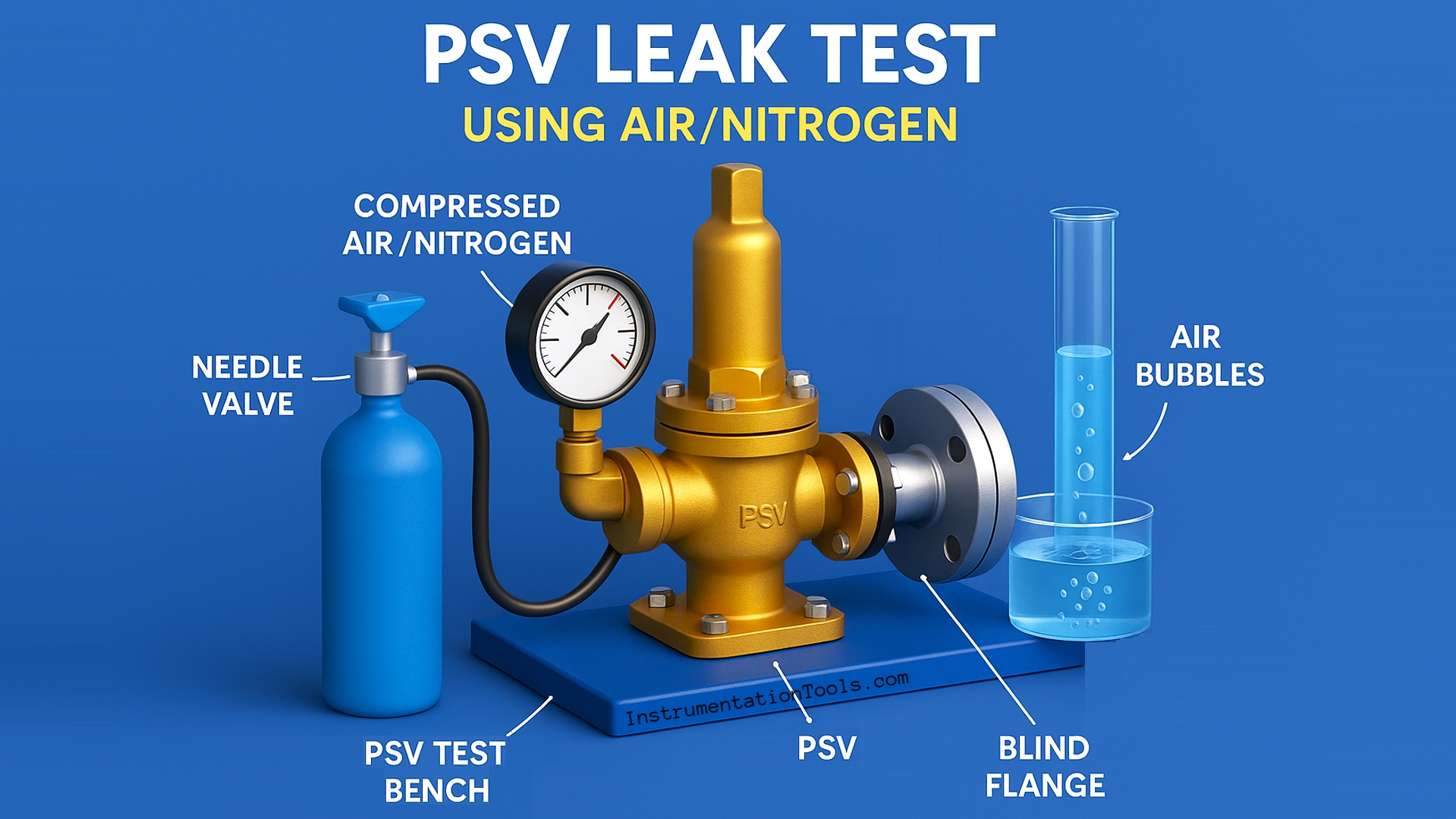
Step-by-step Process:
1. Place the PSV on a test bench.
Secure the valve on the leak test bench as per standard setup.
2. Find the CDTP (Cold Differential Test Pressure).
This pressure value is usually written on the PSV tag or in its datasheet. If not, you’ll need to calculate it manually (explained in the note at the end).
3. Increase pressure slowly.
Use a needle valve to gradually increase air or nitrogen pressure in the test setup. Go up to 90% of the CDTP, not all the way.
4. Check for leaks.
Attach a clear tube to the valve outlet. Submerge the other end in a container of water. Watch for air bubbles.
5. Evaluate the results.
If the number of bubbles is below the acceptable limit, the valve passes the leak test.
If there are too many bubbles, the valve fails the leak test.
6. If it fails…
Follow the manufacturer’s troubleshooting steps, or contact the valve vendor for help.
PSV Leak Test Using Water
Step-by-step Process:
Set up the PSV on the test bench.
1. Make sure the valve is mounted properly.
2. Identify the CDTP value.
Check the tag plate or datasheet. If it’s not available, calculate it.
3. Fill the PSV with water.
Before starting the test, fill the inside of the valve (the body) with water. This helps detect leaks instantly.
4. Raise the pressure slowly.
Open the water needle valve and increase the pressure carefully up to 90% of CDTP.
5. Observe for leaks.
Check if water is dripping from the outlet.
6. Check the flow rate.
If the water leak is within the allowed limit, the valve passes.
If water is leaking too much, the valve fails.
7. If it fails…
Follow the instructions in the vendor’s manual or contact the supplier.
Understanding the Test Setup
In the air/nitrogen method, leaks show up as bubbles in a water container.
In the water method, leaks show up as visible water drops from the outlet flange.
What is CDTP?
CDTP stands for Cold Differential Test Pressure. It is the pressure used during testing and is usually lower than the actual PSV set pressure used in the plant.
This is because:
At high temperatures, the spring inside the valve can become weaker.
Sometimes, the valve outlet in real applications has constant back pressure, but during testing, it is exposed to atmospheric pressure.
So, to test accurately, we adjust the set pressure using this formula:
CDTP = (Set Pressure – Constant Back Pressure) × Temperature Correction Factor
The correction factor is usually given as a percentage. Always consult the PSV manufacturer to get the correct value.
What if the Pressure Safety Valve is Under Warranty?
Before doing any repairs or adjustments, check if the PSV is still under the manufacturer’s warranty.
If it’s still covered, you are only allowed to test the valve.
If it fails the test, do not repair it yourself. Report it to the manufacturer to keep the warranty valid.
Disclaimer:
This leak test guide is meant for educational purposes only.
Do not use this as your plant’s standard procedure.
Always follow:
- The official PSV vendor instructions
- Your company’s standard operating procedures
- Local legal and safety regulations
Read Next:
- Instrumentation Inspection Report
- Pressure Transmitter Calibration at the bench
- Instrument Technician Interview Questions
- DIN Valve Connectors – Definition, Types
- Safety Relief Valve Quiz: Test Your Knowledge
